What’s on the agenda as China’s ruling elite hold key political gathering?
Scheduled from Oct 20 to 23, the fourth plenum will see the upper echelons of China’s Communist Party review and endorse the next chapter of its national development blueprint, while potentially bringing clarity on the fate of sidelined senior officials.
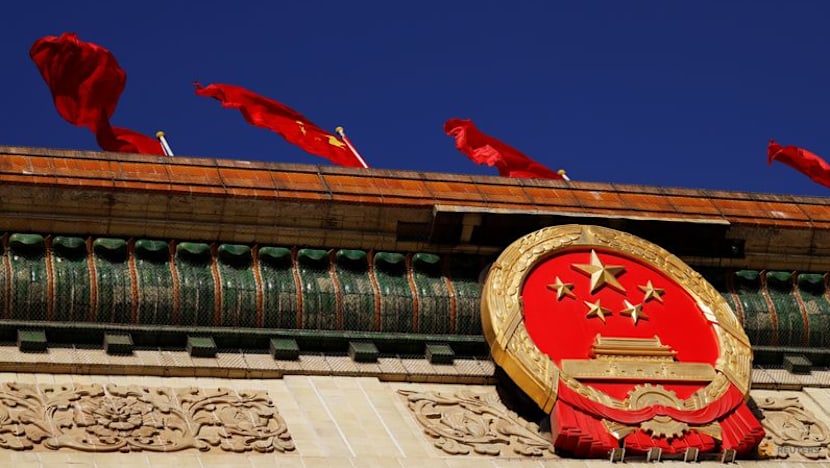

This audio is generated by an AI tool.
BEIJING: Economic matters will dominate the agenda when the upper echelons of China’s Communist Party (CCP) convene a key session next week, with the centrepiece being the next five-year plan that lays out the country’s social and development priorities for the rest of the decade, say analysts.
Scheduled from Oct 20 to 23, the fourth plenum will unfold against a backdrop of tariff threats from the United States and stuttering domestic demand - pressures observers say will inevitably shape both the discussions and their outcome.
Analysts expect a strong emphasis on bolstering technological self-reliance and driving breakthroughs in innovation, alongside policies to tackle social inequality, unemployment and weak household spending.
They also note that the session could bring clarity on personnel matters, with speculation swirling over the fate of senior figures who have dropped out of public view in recent months.
It’s a timely moment, with the fourth plenum taking place barely a week before the Asia-Pacific Economic Cooperation (APEC) summit in South Korea, where US President Donald Trump has touted a face-to-face meeting with Chinese President Xi Jinping.
While analysts are divided on whether the sequencing is deliberate, they say the timeline allows Beijing to approach any potential Xi-Trump encounter with a clearer economic road map in hand, framing its posture at the regional gathering.
ENDORSING THE NEXT MASTER BLUEPRINT
The fourth plenum is one of seven plenary sessions typically held during each five-year term of the CCP’s Central Committee. The body comprises about 200 full and 170 alternate members drawn from the party elite.
The Central Committee sits below the Politburo and its standing committee in the CCP hierarchy. The Politburo typically has 25 members, while the apex standing committee currently has seven.
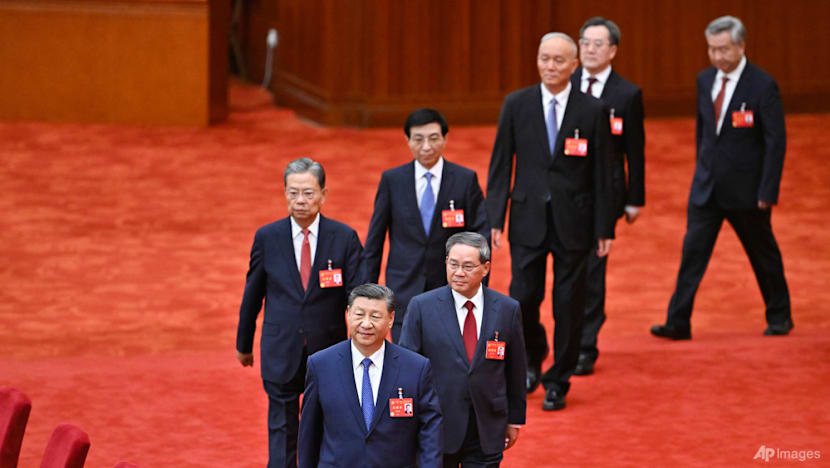
While past fourth plenums have typically focused on party ideology and governance, this year the economy will take centre stage as the committee reviews China’s 15th five-year plan - the latest chapter of its national blueprint for social and development priorities covering 2026 to 2030.
Five-year plans are usually reviewed at the fifth plenum, but this cycle, the review has been moved up after a months-long delay in the meeting schedule. Under party rules, they must be approved at a plenary session before being formally adopted at the Two Sessions parliamentary gatherings in March.
Policymakers have already signalled their priorities for the refreshed road map.
“It is essential to maintain strategic focus, actively adapt to the changes, secure strategic initiative in fierce international competitions, and make significant breakthroughs in the strategic task of promoting Chinese modernisation,” read a Politburo statement after its July meeting, as reported by state news outlet China Daily.
Analysts expect a renewed push for productivity, innovation and technological self-reliance to feature prominently in the next five-year plan.
“The upcoming five-year plan will renew the central government's commitment to building ‘new quality productive forces’ in the shift toward domestic demand and consumption-driven growth, creation of high-quality jobs and efforts to increase household incomes,” Stefanie Kam, an assistant professor at the China Programme at the S Rajaratnam School of International Studies (RSIS) in Singapore, told CNA.
The term new quality productive forces, or “xin zhi sheng chan li” in Chinese, refers to Beijing’s high-tech push for innovation-driven growth.
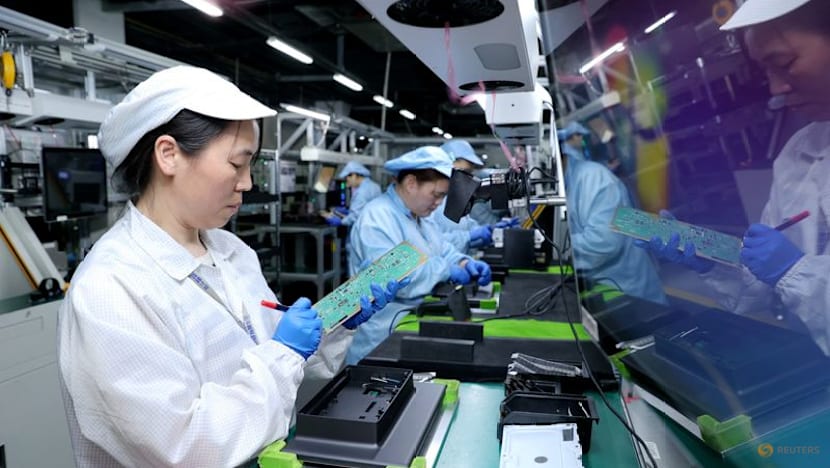
Policymakers are also expected to keep up the refrain of “independent and unilateral opening up”, Kam said, referring to Beijing’s drive to liberalise on its own terms - a policy it has framed as part of a broader push for “high-level opening up”, or “gao shui ping dui wai kai fang” in Chinese.
Recent examples of such moves include the launch of a new K visa on Oct 1 to attract young foreign tech talent, alongside the expansion of visa-free access for 75 countries and counting to boost travel and business.
On the economic front, China fully opened its manufacturing sector to foreign investors late last year, while also expanding access to its healthcare industry by allowing wholly foreign-owned hospitals in some major cities, including Beijing, Shanghai, Guangzhou and Shenzhen.
At the same time, analysts said Beijing is likely to balance these overtures with rhetoric on national security - a consideration that has grown more pronounced in recent years.
“Language will probably balance high-level opening up with fortification of supply chains against US export controls and tariffs,” said Pan Guangyi, a lecturer in international political studies at the University of New South Wales (UNSW) Canberra.
The two powers remain at odds on fronts including trade and technology, with Washington curbing Beijing’s access to advanced semiconductors and artificial intelligence chips. China has denounced such moves as an attempt at containment.
Washington has also imposed crippling tariffs on Chinese goods, prompting Beijing to retaliate in kind. A repeatedly extended trade truce has eased the duties for now, but the Nov 10 deadline is nearing.
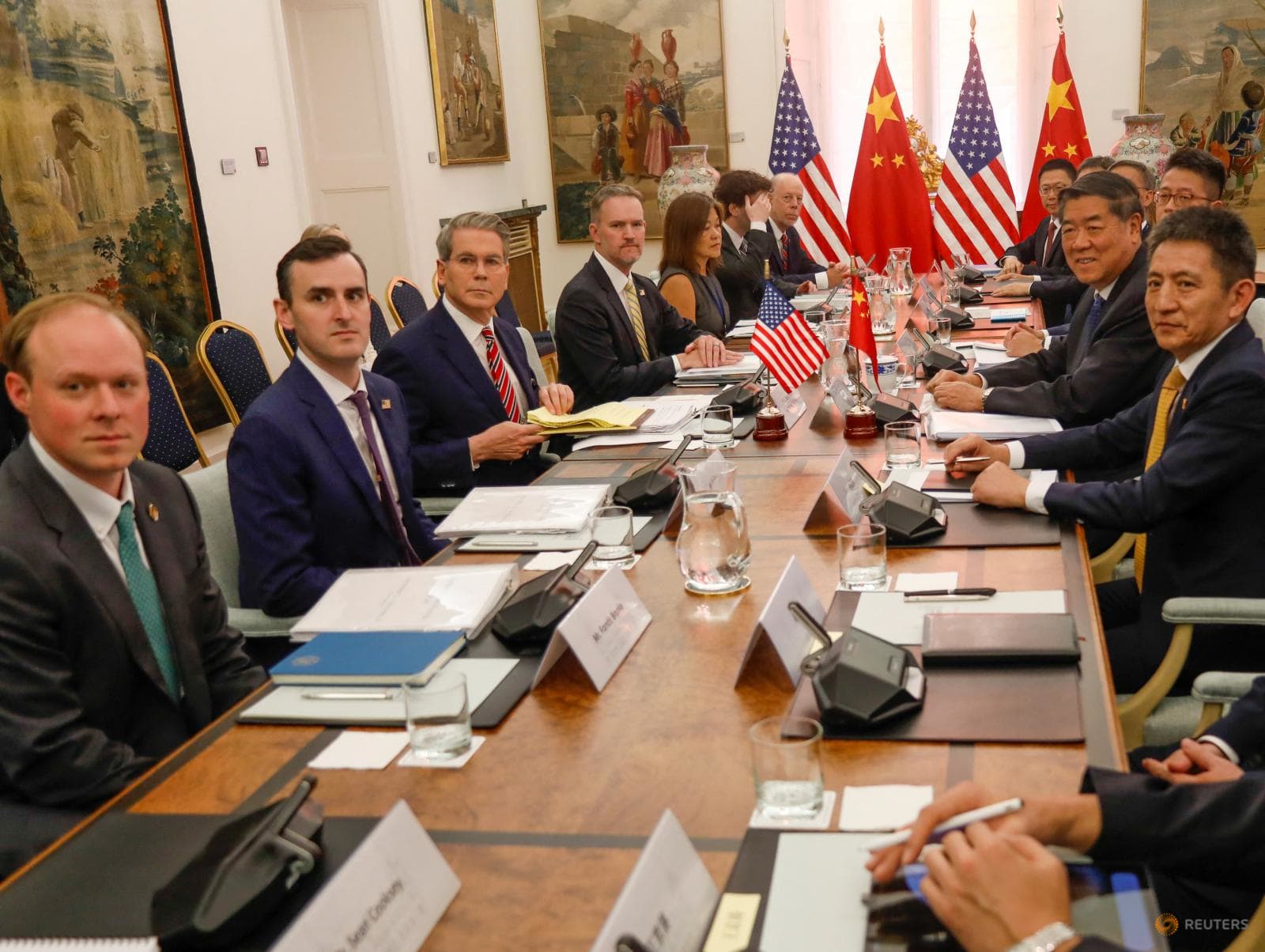
The Politburo acknowledged the challenging external environment in its July meeting, warning - without singling out the US - that the country is facing “profound and complex changes”, reported China Daily.
The fraught geopolitical landscape is certain to colour discussions at the fourth plenum, said analysts.
“Geopolitics will certainly feature quite heavily and will lean towards both the ongoing (US) tariff tussle/negotiation and, I would anticipate, the Global South,” Dylan Loh, an associate professor at Nanyang Technological University’s (NTU) School of Social Sciences, told CNA.
The Global South - broadly referring to developing countries across Africa, Asia and Latin America - has become central to China’s diplomatic playbook as Beijing seeks deeper ties beyond its traditional partners.
Geopolitics aside, observers said that pressing domestic challenges are also set to surface at the fourth plenum.
“I do expect to see further airing of how the Party will seek to deal with ‘involution’ and the race to the bottom while also addressing financial-systemic risks,” said Loh, referring to the intense and often self-defeating competition among Chinese manufacturers that has increasingly alarmed top policymakers.
Pan from UNSW Canberra expects the session to spotlight financial stability, including local government debt and the troubled property sector.
“Due to increasing social inequality and high unemployment, employment and social policy will be oriented toward jobs, pensions, and housing affordability,” he added.
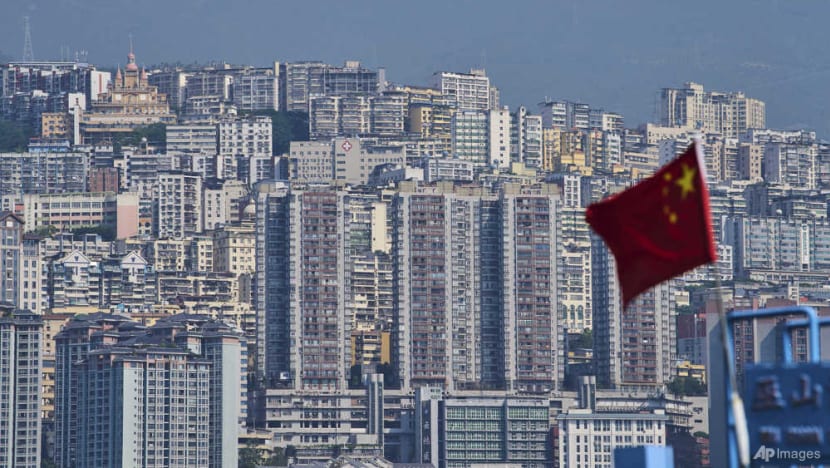
POSSIBLE CLARITY ON PERSONNEL MATTERS
The fourth plenum may also offer clarity on the fate of senior party and military figures, analysts said.
Liu Jianchao, the former head of the CCP’s International Department and once seen as a potential foreign minister, is reportedly under a disciplinary probe and has not been seen publicly for the last two months.
He Weidong, vice chairman of the Central Military Commission, which oversees the armed forces, has been absent from the public eye since March, with no official explanation.
Miao Hua, who previously headed the CMC’s Political Work Department, was suspended last year for “serious violations of discipline” - a common euphemism for corruption - and formally removed from his post in June.
Liu, He and Miao are Central Committee members.
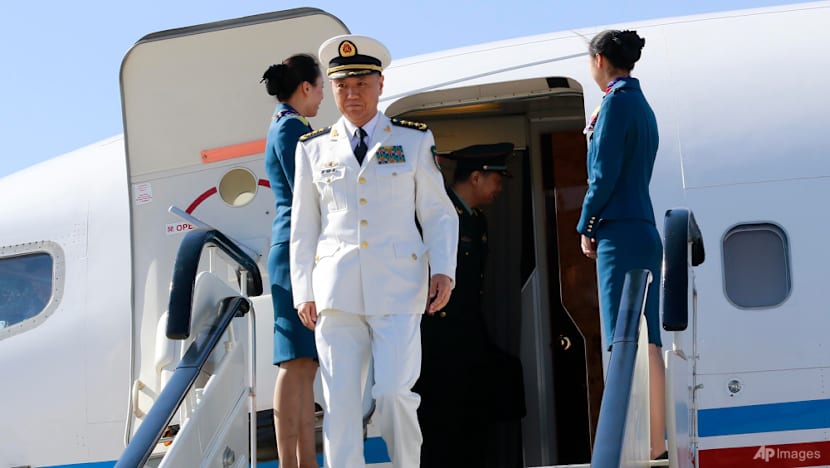
The fourth plenum would be a convenient place and time to formalise and conclude personnel changes, said NTU’s Loh.
Central Committee members can only be expelled or dismissed through a two-thirds majority vote. The fourth plenum, being a full gathering of the committee, is therefore a natural venue for such decisions, Loh noted.
Loh pointed out that in the preceding plenum, the Central Committee accepted the resignation of disgraced former Foreign Minister Qin Gang and endorsed the expulsions of former Defence Minister Li Shangfu as well as Li Yuchao, the former commander of the People’s Liberation Army (PLA) Rocket Force, which oversees China’s nuclear arsenal.
At least nine members of the Central Committee are set to be replaced at the fourth plenum due to ongoing graft probes and a death, potentially marking the highest turnover since 2017, according to a South China Morning Post (SCMP) report on Oct 8.
The seventh plenum in 2017 saw 12 Central Committee members expelled, with 11 alternate members promoted to replace them.
Aside from He and Miao, the report also mentioned individuals such as former agriculture minister Tang Renjian, who received a suspended death sentence in late September for bribery, as well as Yi Huiman, the former regulator of China’s equities market, and Wang Chunning, commander of the People’s Armed Police.
“(The potential) high turnover reflects the legacy of Xi’s recent massive anti-corruption campaign, driven largely by efforts targeting the PLA and the military-industrial sector, as well as systemic corruption in resource-rich provinces such as Inner Mongolia and Shanxi,” said Pan from UNSW Canberra.
While personnel changes will be closely watched, actions taken involving widely known individuals such as Liu, He or Miao are unlikely to “elicit a lot of attention”, given the already generous spotlight on them, said China watcher Willy Lam.
Instead, the focus should be on whether fresh names are added to the Central Committee ranks, Lam, a senior China fellow at the Washington DC-based think tank The Jamestown Foundation, told CNA.
“(Particularly) if unexpected names are being inserted in the alternate members list,” said Lam, who noted that these posts can signal who the CCP leadership is positioning as rising stars.
Unlike full members, the 170-odd alternate members of the Central Committee do not have voting rights. They are often drawn from younger cadres and rising technocrats.
For instance, Xi was an alternate member of the 15th Central Committee in the late 1990s before moving up the ranks to eventually lead the CCP. Other leaders who were also alternate members include former President Hu Jintao and former head of the country’s top political advisory body Wang Yang.
Some current alternate members have already garnered attention.
In its Oct 8 report, SCMP highlighted three individuals: Bao Gang, Wei Tao and Lu Dongliang.
On Sep 30, Bao, the party chief of Inner Mongolia’s capital Hohhot, was elevated to party chief of the regional government.
Wei, former party chief of Taiyuan city in Shanxi province, was appointed acting chairman of Guangxi in early July. Lu, a former provincial vice party secretary, became governor of Shanxi in June.
Pan from UNSW Canberra noted that Bao’s career has been concentrated in Inner Mongolia, making him a “strong regional expert” but also potentially limiting his prospects.
He sees more political potential in Wei and Lu instead.
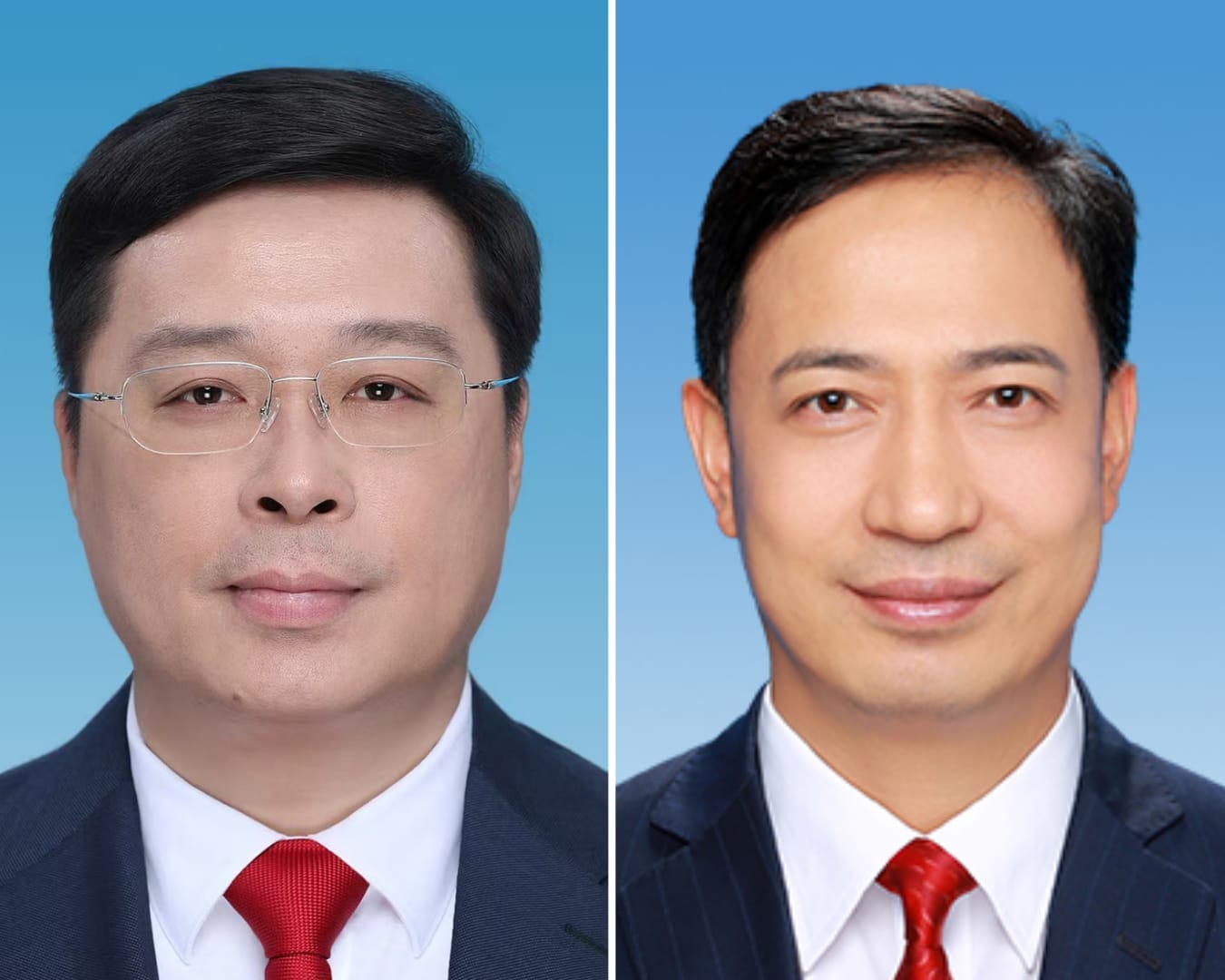
“Lu, in particular, appears to be a potential ‘rising star’, given his age and managerial experience at Chinalco (Aluminum Corporation of China) and in financial sectors - all key economic priorities in Xi’s current policy agenda,” said Pan.
Lu, 51, served in senior roles at the Chinese aluminium giant and at its listed subsidiary Chalco before stepping down in 2020 due to a “work reallocation”, as he stated at the time. Lu subsequently entered politics, rising from vice governor to governor of Shanxi.
“His expertise and relative youth could significantly advance his career trajectory,” Pan added.
OPPORTUNE TIMING?
The fourth plenum will wrap up exactly a week before the APEC summit in South Korea from Oct 30 to Nov 1, where Trump has touted a much-anticipated meeting with Xi.
Analysts CNA spoke to were mixed on whether the sequencing is deliberate.
NTU’s Loh cautioned against over-reading the timing, noting that it is “quite normal” to have the fourth plenum in October. The past two fourth plenums in 2019 and 2014 were both held in the same month.
But Pan from UNSW Canberra suggested the Chinese leadership is being more calculated.
“The CCP intends to lock in domestic messaging on tech self-reliance and reform intentions before engaging Washington,” he said.
The fourth plenum can also allow Beijing to project resolve against US “containment” while still signalling high-level openness to reassure regional partners, especially South Korea and Japan, Pan added.
Either way, analysts agree that the scheduling allows Beijing to set its domestic agenda and showcase party unity before heading into a potential high-stakes diplomatic encounter - even as China has yet to confirm Xi’s attendance at the APEC summit.
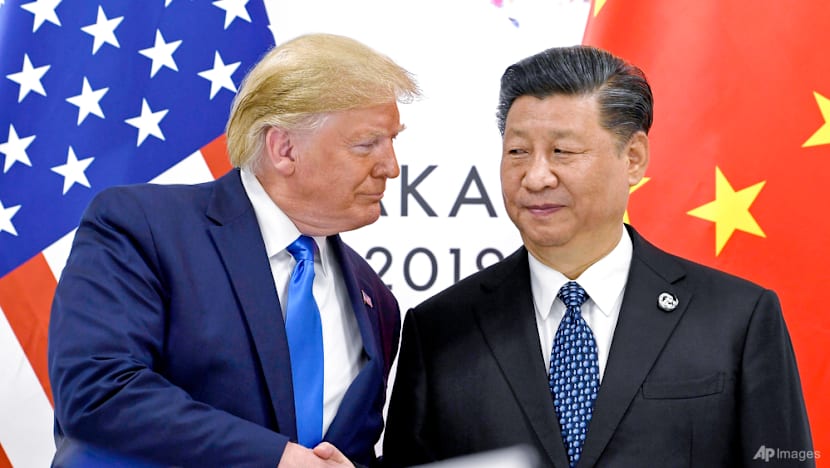
Yet even if a Trump-Xi meeting does materialise, observers cautioned it could be more symbolic than substantive.
“I think the upcoming APEC talks should see a confident and assertive Beijing at the bargaining table,” said Kam from RSIS.
“This is likely to be informed by Xi's cautious approach to Trump, and any agreement is likely to remain modest at best with little prospect for a grand bargain in the short term.”
Similarly, Lam from The Jamestown Foundation said it was “quite possible” any meeting between the two leaders at the APEC summit might be “ceremonial”.
Any substantive talks would likely be deferred to a later time, possibly when a proper summit between the leaders takes place, Lam suggested.
After his phone call with Xi on Sep 19, Trump wrote on his Truth Social platform that he would visit China early next year, followed by a visit from Xi to the US. The Chinese readout of the call did not mention these points.
“A full (Trump-Xi) summit most likely will not take place until Donald Trump visits Beijing,” Lam said.



















